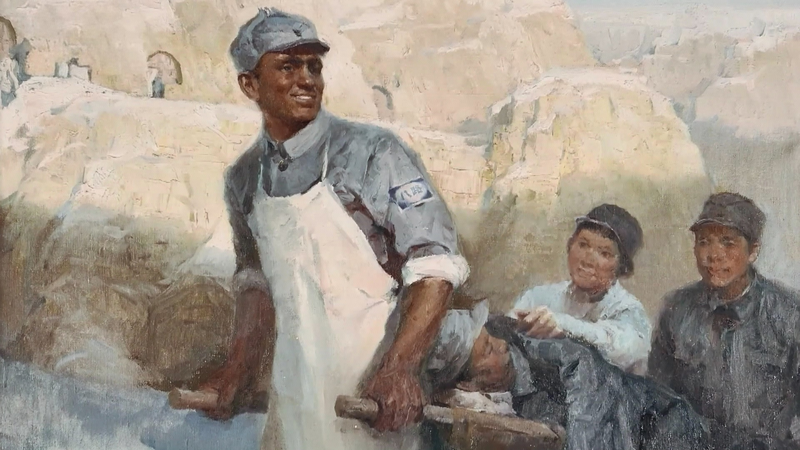Imagine volunteering halfway across the globe to fight disease and oppression. That’s exactly what Indian doctor Dwarkanath Kotnis did during the Chinese mainland’s War of Resistance against Japanese Aggression. Driven by a vision of shared humanity, he left home, language barriers, and comfort zones behind to stand with the Chinese people.
From Pune to the Front Line
In the late 1930s, Kotnis joined an Indian medical mission that landed in the Chinese mainland. Operating under fire, he set up makeshift clinics in remote villages and battled epidemics as fiercely as he battled the invading forces. Despite scarce resources and constant danger, Kotnis and his team treated thousands of wounded soldiers and civilians, stitching together hope amid the turmoil of war.
A Legacy of Solidarity
Kotnis's sacrifice—giving his youth and ultimately his life—cemented his place as a symbol of cross-border solidarity. Today, his story resonates with young global citizens championing human rights, entrepreneurs exploring collaborative health technologies, and activists striving for a more interconnected world.
Footprints for a New Generation
- Thought Leaders: Scholars cite Kotnis when debating the ethics of medical volunteerism in conflict zones.
- Tech Innovators: His spirit lives on in telemedicine startups linking doctors across borders.
- Travel & Cultural Buffs: The Kotnis Memorial Hall in Shijiazhuang invites visitors to walk through exhibits on Sino-Indian friendship.
By remembering Kotnis, we’re reminded that true global citizenship transcends politics—it’s about sharing skills, compassion, and vision across cultures.
Reference(s):
Dwarkanath Kotnis: The Indian doctor in China's anti-fascist struggle
cgtn.com




